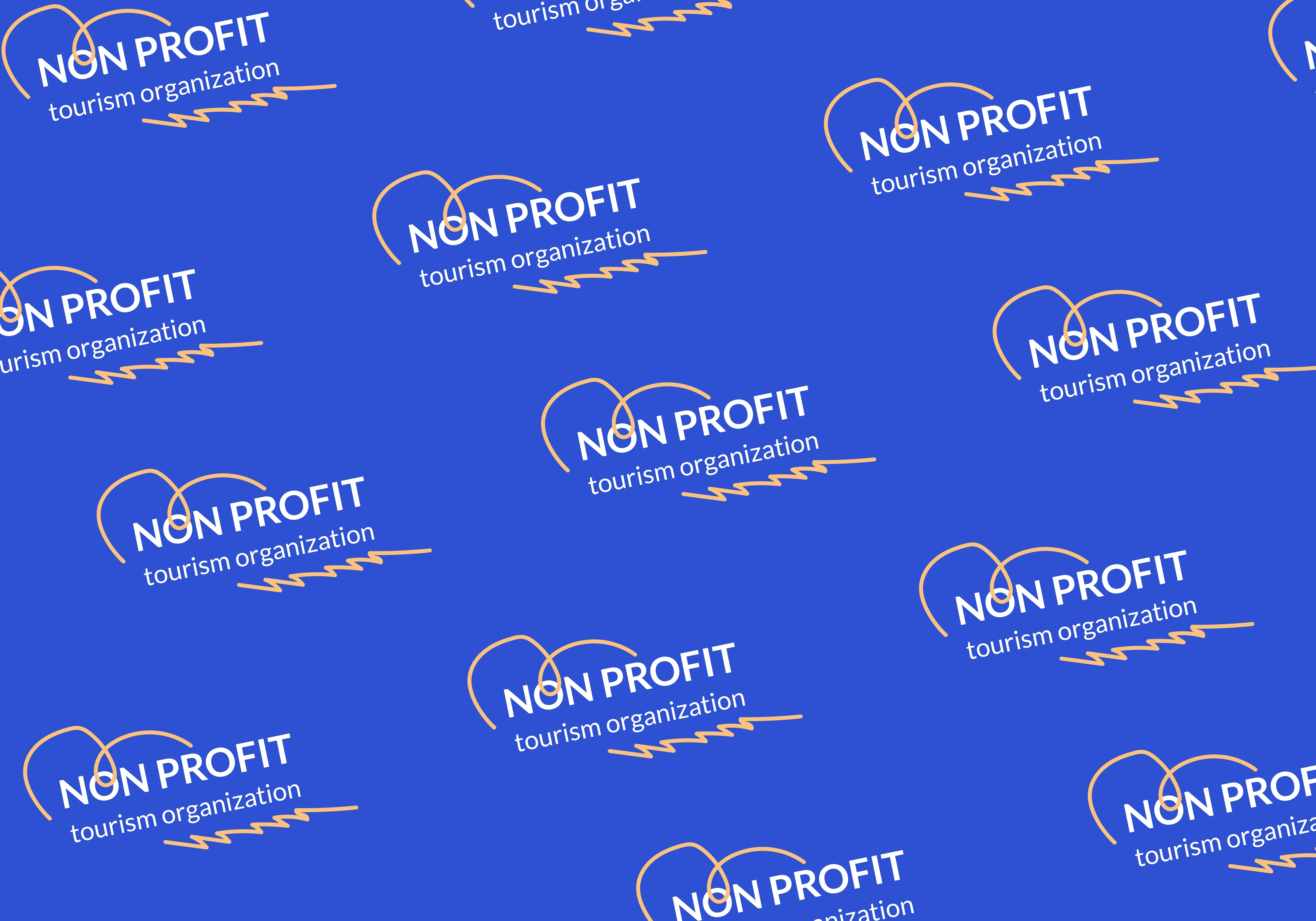Meet the hero

Synebo’s client is a nonprofit organization focused on developing and maintaining marketing programs as well as offering local tips, advice on family vacations, etc. The company aims to develop tourism in their target location further.
The challenge

The main challenge presented by the client was to address several aspects of their Salesforce system:
1. Refactoring of Existing Features:
The client had existing features and functionalities within their Salesforce system that required refactoring. This has been due to outdated code, inefficient processes, and the need to optimize and improve the performance of these features.
2. Implementing New Features:
In addition to improving existing features, the client wanted to add new features and capabilities to their Salesforce system. This involved enhancing their CRM capabilities, introducing automation, and incorporating new modules to meet evolving business needs.
3. Improving Community Portal:
The client expressed a specific desire to enhance their Community Portal within Salesforce. This involved improving user experience, adding new functionality for community members, or making the portal more efficient and user-friendly.
In summary, the client’s primary challenge was related to their Salesforce system’s optimization and expansion, encompassing both refactoring existing features and implementing new ones, with a specific focus on improving their Community Portal.

Our solution
The solutions by Synebo were focused on addressing the client’s challenges. We utilized a multi-faceted approach that included the following interventions:
1. Documentation of Existing Code:
We recognized the importance of understanding the client’s current Salesforce setup thoroughly. To achieve this, the team began by meticulously documenting the existing codebase. This step was crucial for gaining insights into the existing features, their functionality, and any areas that required improvement.
2. Collaboration with the Product Owner (PO):
Close collaboration with the company’s Product Owner (PO) was established as a cornerstone of the solution. This involved regular meetings and discussions to gain a deep understanding of the client’s requirements and priorities. Our team actively worked with the PO to identify pain points, desired improvements, and new feature requests.
3. Implementing New Features:
The team worked closely with the in-house team of the client to define the specifications for new features. This included gathering user stories, creating wireframes, and conducting feasibility assessments. Once the requirements were clear, our team executed the development and testing of these features, ensuring they seamlessly integrated with the existing system.
4. Fixing Existing Features:
To address the need for fixing existing features, we carried out a comprehensive analysis of the identified issues. This involved debugging, code refactoring, and performance optimization as necessary. The goal was to enhance the functionality and reliability of the existing features.
- Integrations for Payment Processing:
We implemented a seamless integration with BBVA and Financeforce that enables to conduct financial transactions. We also developed a transaction integration on the Salesforce Community platform, leveraging Aura components to create a user-friendly interface. Now, partners can easily select and pay for marketing plans, which are represented as invoices in Salesforce, containing all necessary information. The end payment solution includes 3D Secure and other security measures ensuring the safety of transactions.
In summary, our solution was centered around a thorough understanding of the client’s Salesforce environment through code documentation. We have been engaged in close collaboration with the Product Owner to prioritize new feature implementation and the resolution of existing issues, all while ensuring that the client’s Salesforce system meets their evolving needs effectively and efficiently.
The results

The client achieved several significant results as a result of our solution:
1. Streamlined User Management:
Our solution significantly streamlined user management for the client. By implementing efficient processes and features within Salesforce, administrators, and employees were able to manage users more effectively. This resulted in reduced administrative overhead and improved user satisfaction.
2. Enhanced User Experience:
The improvements made to the Salesforce Community Portal and the implementation of new features contributed to an enhanced user experience. This positive user experience not only satisfied existing users but also attracted new community members and customers. It made the client’s offerings more attractive and user-friendly.
3. Improved Efficiency:
The solution helped the client’s teams work more efficiently. With streamlined processes and a well-documented codebase, employees could perform their tasks with greater ease and speed. This efficiency translated into cost savings and increased productivity.
4. Business Growth:
As a nonprofit organization focused on promoting tourism, the client’s ultimate goal was likely to drive tourism growth in the state. The improved Salesforce system allowed them to better engage with their community and potential visitors, ultimately contributing to their mission’s success.
5. Cost Savings:
By optimizing and refactoring existing code, our solution likely helped the client reduce maintenance costs associated with their Salesforce system. The more efficient system required fewer resources to operate and maintain.
6. Attracted New Users:
An improved Community Portal and the implementation of new features may have attracted new users to the client’s platform. This growth in the user base can have a positive impact on their marketing efforts and the overall success of their mission.
In summary, the client achieved improvement in user management and satisfaction, greater efficiency, cost savings, and potential business growth. Our solution contributed to enhancing the client’s ability to fulfill their mission of promoting tourism in their target location effectively.
Project Scope and Team Structure






